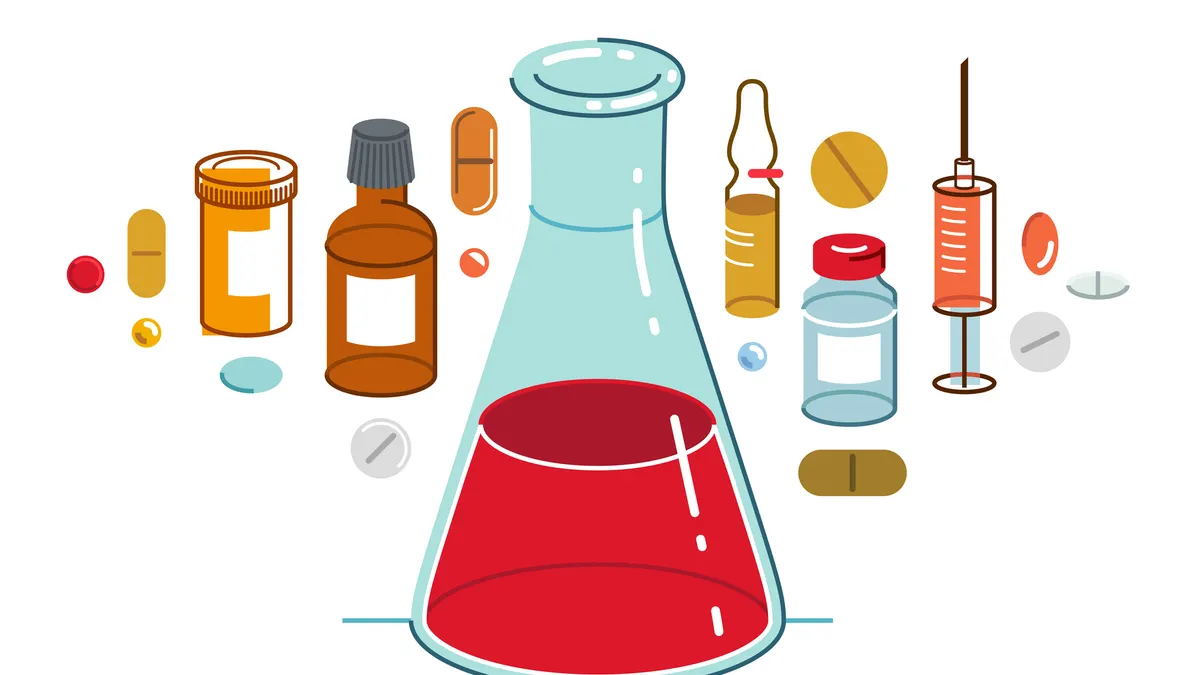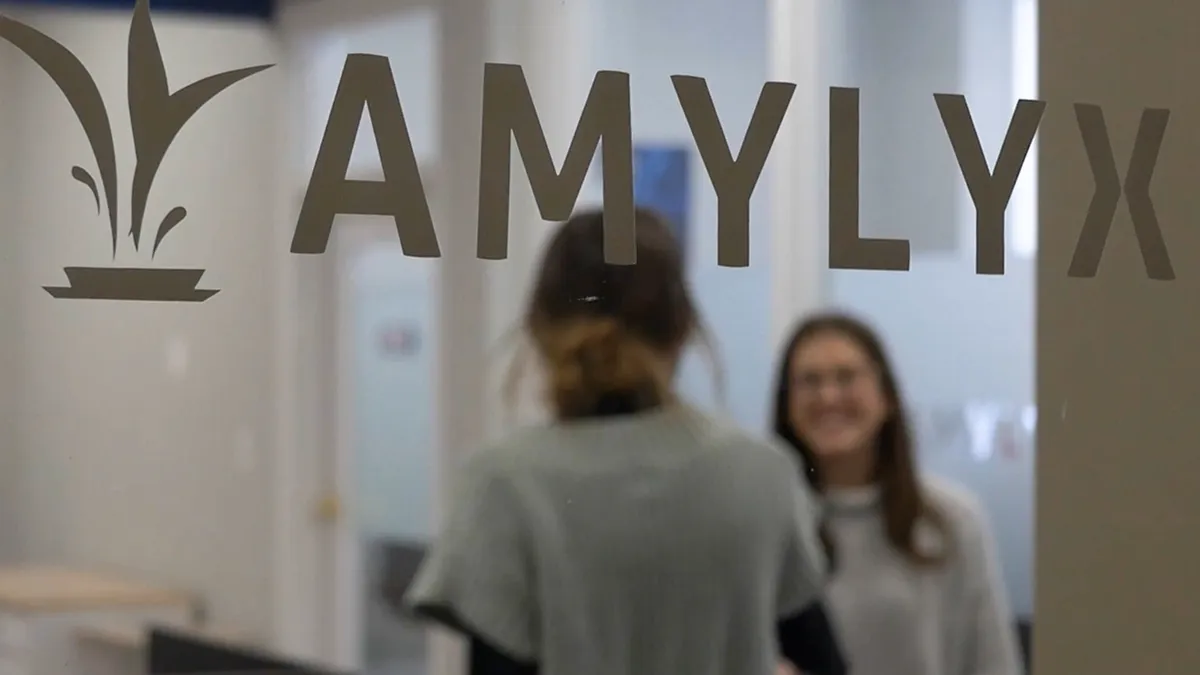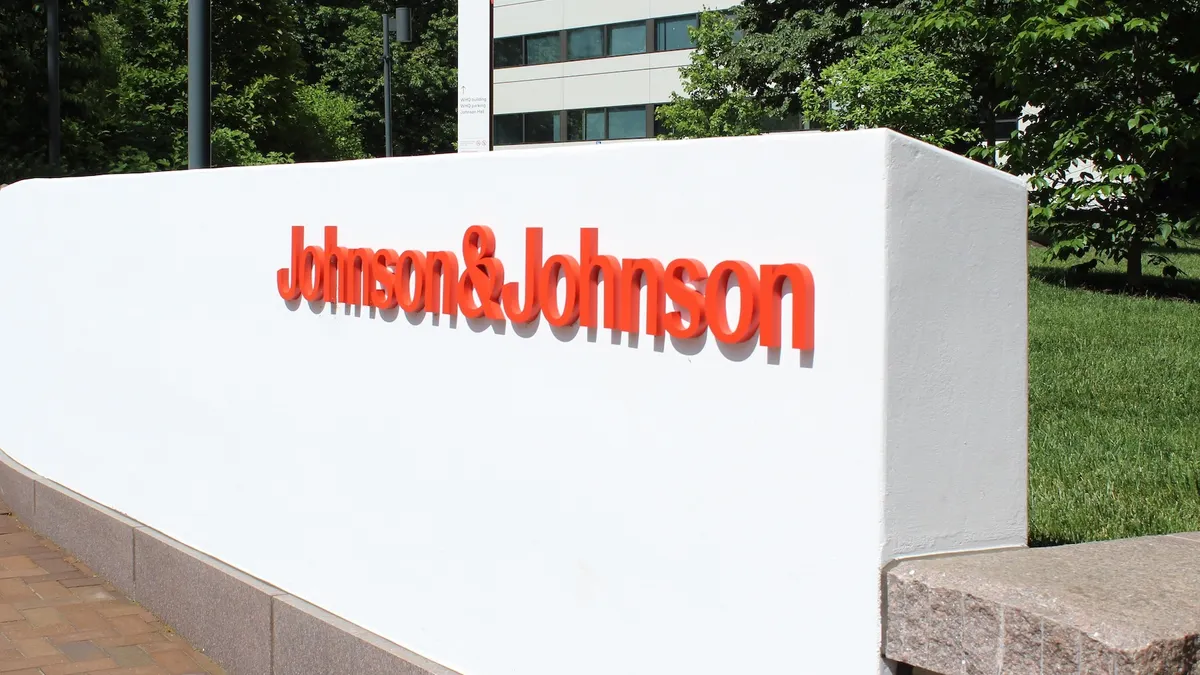After facing market headwinds in recent years, the biopharma industry finally had some wind at its back in 2024. Jumps in funding and R&D expenditures as well as a continued shift in innovation toward emerging biopharma companies helped fuel the resurgence, according to a new report from the IQVIA Institute for Human Data Science.
But a shifting regulatory landscape, economic uncertainties related to trade policies and cuts to federal research funding still raise questions about the future of R&D.
“There is a high level of uncertainty about what is going on and what things will look like when they settle down in six or 12 months,” Murray Aitken, executive director of the IQVIA Institute for Human Data Science, said in an email. “Some of the announced changes have been reversed and there is more change to come. So, it’s difficult at this time to predict what will have the biggest impact.”
Funding on the rise
One of the positive trends in 2024 was an increase in biopharma funding levels bolstered by IPOs, follow-on funding, and public and private sources.
“Excluding the 2020 and 2021 heights seen during the pandemic, funding reached a 10-year high of $102 billion in 2024 — a substantial increase on the 2023 figure of $71 billion,” the report stated.
Whether that will continue in 2025 remains to be seen.
“When there is uncertainty, decisions tend to take longer, and this may play out in terms of funding and investment,” Aitken said. “This may have an impact, especially on early-stage companies, and is likely to have a near-term effect, given the amount of uncertainty about tariffs and the broader macro-economy.”
Trends in clinical trials
The number of newly begun clinical trials rose slightly in 2024, following declines in 2022 and 2023. Fueling the trend was an uptick in oncology and obesity trials. U.S. companies made up the bulk of trial starts, contributing to 35% overall. Emerging biopharma companies also played a role, accounting for 63% of new trials in 2024, compared with trials run by bigger pharma companies, which accounted for 26%.
The number of remote, virtual or decentralized clinical trials declined closer to pre-pandemic levels, although these strategies will likely still be used when appropriate, according to IQVIA.
Many companies are now testing novel drug mechanisms in oncology, with antibody-drug conjugates, cell and gene therapies, and multi-specific antibodies making up 35% of new trials in 2024. Drug companies only launched 65 “novel active substances” globally in 2024, down from 80 in 2023 but still above pre-pandemic numbers, IQVIA said. Among the approvals last year were several therapeutic breakthroughs.
“The cohort of launches in 2024 included the first new mechanism of action in schizophrenia in over 30 years, the first therapy of metabolic dysfunction associated steatohepatitis, four treatments for rare neurological diseases and seven non-oncology hematology drugs — including two gene therapies,” stated the report.
A drop in R&D deals
Not all news in 2024 was favorable. IQVIA noted a continued drop in R&D deals between pharma companies that began in 2022.
“More than half of the 1,016 deals made in 2024 were between emerging biopharma companies, with the majority of the remainder involving … deals with larger companies. Partnerships between larger companies remained relatively rare, accounting for just over 1 in 10 R&D deals,” the report found.
Deals with Chinese companies continued to rise in importance in 2024, with most deals involving a U.S. or European partner that acquired or in-licensed R&D assets from China. Large pharma company R&D expenditures rose from $163 billion to $190 billion from 2023 to 2024.
M&A was also down, though with some silver linings. While the total value of disclosed deals dropped, the median deal value shot up from $153 million in 2023 to $405 million in 2024. This number was inflated by several multibillion-dollar deals, including AbbVie’s $9 billion acquisition of Cerevel Therapeutics and $10 billion ImmunoGen deal, and Gilead Sciences’ $4.3 billion Cymabay Therapeutics buy.
In the years ahead, IQVIA sees no end in sight for one key trend noted in the report: the use of AI in R&D. Notably, AI companies sponsored or collaborated on at least 35 new trials a year from 2022 to 2024, according to the report. And AI/machine learning deals totaled nearly $10 billion last year.
Looking forward
While uncertainty still clouds the forecast, there are some potential bright spots for the industry, Aitken said. For one, HHS officials are focused on preventing chronic illnesses in the U.S. and also want to streamline regulatory reviews and actions, particularly in rare diseases.
Aitken said the industry could also benefit from an executive action on April 15 that recommended changes to the Inflation Reduction Act, including one that the pharma industry opposed for disproportionately targeting small-molecule drugs.
Overall, the climate may still be favorable for R&D, driven by two main factors — the unmet medical needs of patients and scientific discoveries that help create those solutions, Aitken said.
“The momentum around scientific discovery is strong and unmet needs are only increasing,” he said.


















